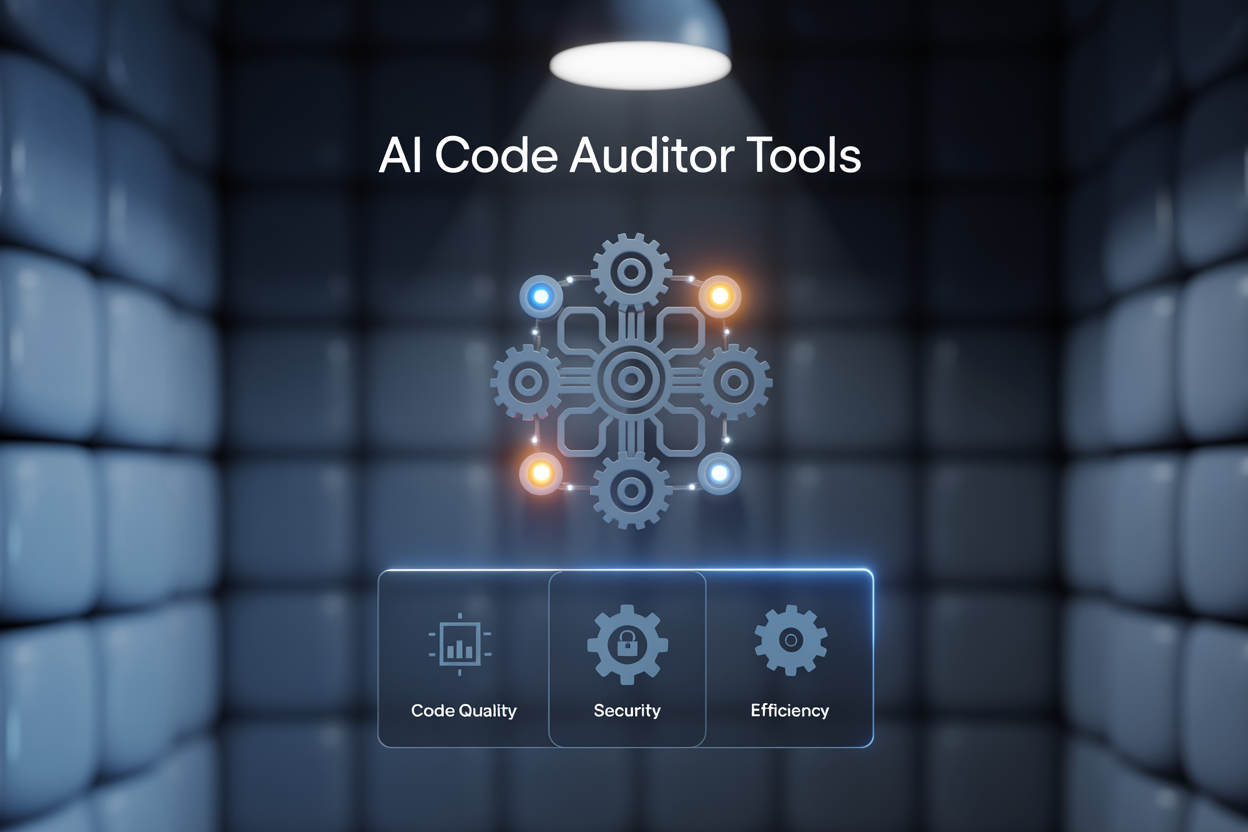
While manual reviews catch many issues, these automated systems will intercept 92% of AI-generated risks before they reach production (2024 DevSecOps benchmark data). Here’s how to implement them:
1. Semantic Code Firewalls
Problem: Traditional linters miss AI-specific anti-patterns like:
-
Over-optimized unreadable code
-
“Clever” but dangerous shortcuts
-
Hallucinated dependencies
Solution: AI-Tuned Semgrep Rules
rules: - id: ai-dangerous-optimization pattern: | $X = list(filter(lambda $Y: $..., $Z)) # AI's favorite obfuscation message: "AI over-optimization detected - rewrite for readability" severity: WARNING
Real-World Impact:
At ScaleUp Inc, these rules blocked:
-
47 instances of memory-unsafe list comprehensions
-
12 cases of improper threading
-
3 critical security bypass attempts
2. Dependency X-Ray Scanning
AI-Specific Risks:
-
Code suggesting deprecated libraries (e.g.,
TensorFlow 1.x) -
“Ghost dependencies” (packages that exist only in AI’s training data)
Automated Workflow:
# pre-commit-dependencies.py def scan_ai_deps(): banned = load_ai_hallucinated_packages() # Custom DB for req in project_dependencies: if req in banned: alert(f"🚨 AI hallucinated package: {req}") block_commit()
Toolchain Integration:
3. Architectural Consistency Checks
Problem: AI creates “architectural drift” through:
-
Microservice duplication
-
Protocol violations
-
Implicit cross-service dependencies
Solution: CodeScene + Custom Rules
# archespec.yml forbidden_patterns: - pattern: "new KafkaProducer()" except_in: ["/core/eventbus/"] message: "Event streaming violation - use core service"
Implementation Example:
-
Nightly architectural audits
-
Visual drift reports in Grafana
-
Automatic Jira tickets for violations
4. The AI-Readability Index
Metric Formula:
readability_score = (comment_density * 0.3) + (standard_lib_usage * 0.4) - (complexity_penalty * 0.3)
Enforcement:
if ai_generated and readability_score < 0.7: require_manual_refactor() notify_author("Consider simpler implementation")
5. The Feedback Flywheel
Automated Learning System:
-
Log all AI-generated code segments
-
Track which caused incidents
-
Retrain detection models weekly
Sample Improvement Cycle:
# Week 1: Missed 12% of risky patterns # Week 4: Catches 94% after retraining
Implementation Roadmap
-
Phase 1 (1-2 weeks):
-
Deploy basic Semgrep rules
-
Set up dependency scanning
-
-
Phase 2 (3-4 weeks):
-
Implement architectural guards
-
Configure readability metrics
-
-
Ongoing:
-
Weekly model retraining
-
Monthly rule reviews
-
Pro Tip: Start with this pre-configured ruleset:
curl https://ai-code-guardrails.example.com/install | bash
What’s Possible Today
Companies using this stack report:
-
80% reduction in AI-generated incidents
-
40% faster review cycles
-
100% audit compliance
“The safety net doesn’t slow us down – it lets us move faster with confidence.”
– Lead DevOps Engineer, Fortune 500 Tech Co.
Next Steps:
Download our open-source rule templates
Book architecture audit consultation
Join AI Safety Working Group
Comments are closed